As workplaces across the country begin to take steps toward reopening in the midst of the COVID-19 pandemic, several of our studios have created return plans that combine our commitment to health, safety, and well-being with customized approaches for local conditions, spatial needs, and design cultures. Read on to learn more about the innovative strategies devised by our Return to Studio teams.
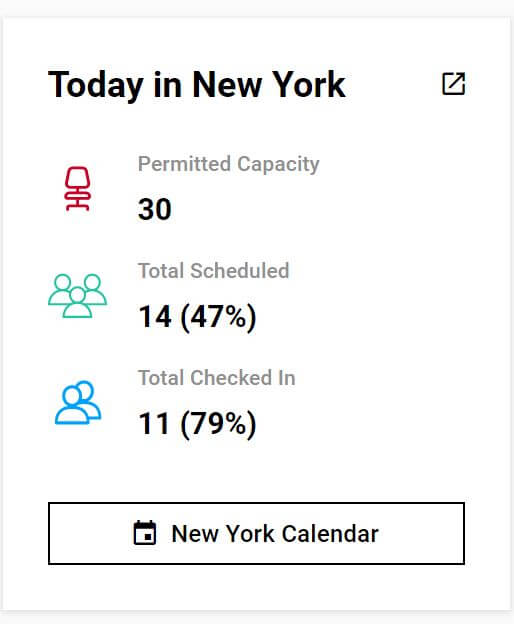
Back to work: There’s an app for that
Our strategies for return are based on guidelines from the U.S. Centers for Disease Control and Prevention and leading international health organizations. Measures include social distancing, a reduction of in-studio staff numbers, as well as mask-wearing and enhanced cleaning procedures, particularly of high-touch surfaces. However, we’ve gone even further: To best use our spaces, and stay safe while doing so, we developed, tested, and rolled our very own Return to Studio (RTS) app, a customized tool that allows staff to sign in and out of our studios with just the touch of a button. Because the app continually displays how many people are in a studio at a given time—and when it’s nearing capacity—it’s an easy way to ensure that staff are following social distancing best practices.
New York: Design for Wellness
Our New York studio’s planned move to a new location in April was temporarily upended by the onset of the pandemic. Nevertheless, our design team’s pre-COVID decisions ended up being beneficial for the current moment. The selection of a central site in Midtown Manhattan, in a building with bike storage, means employees will be more likely to walk or bike to work. The team also opted for a second floor space to minimize the need for elevator use—a choice designed to both support active lifestyles and lower energy usage. Now, the team sees an added benefit of reducing elevator dependence: minimizing the risk of exposure in everyday office visits.
Equipped with the latest research and some extra time, the team seized the opportunity to adapt the design of the studio to integrate COVID-19 protections and best practices. While construction was wrapping up, they replaced all faucet and soap dispensers in the kitchens and bathrooms with touchless models. They also fitted the HVAC system with extra-fine filters for airborne particulates and a virus-eliminating UV light system called Radic8. These atmospheric interventions are non-invasive ways we’re committed to making our air cleaner and healthier now and in the future.
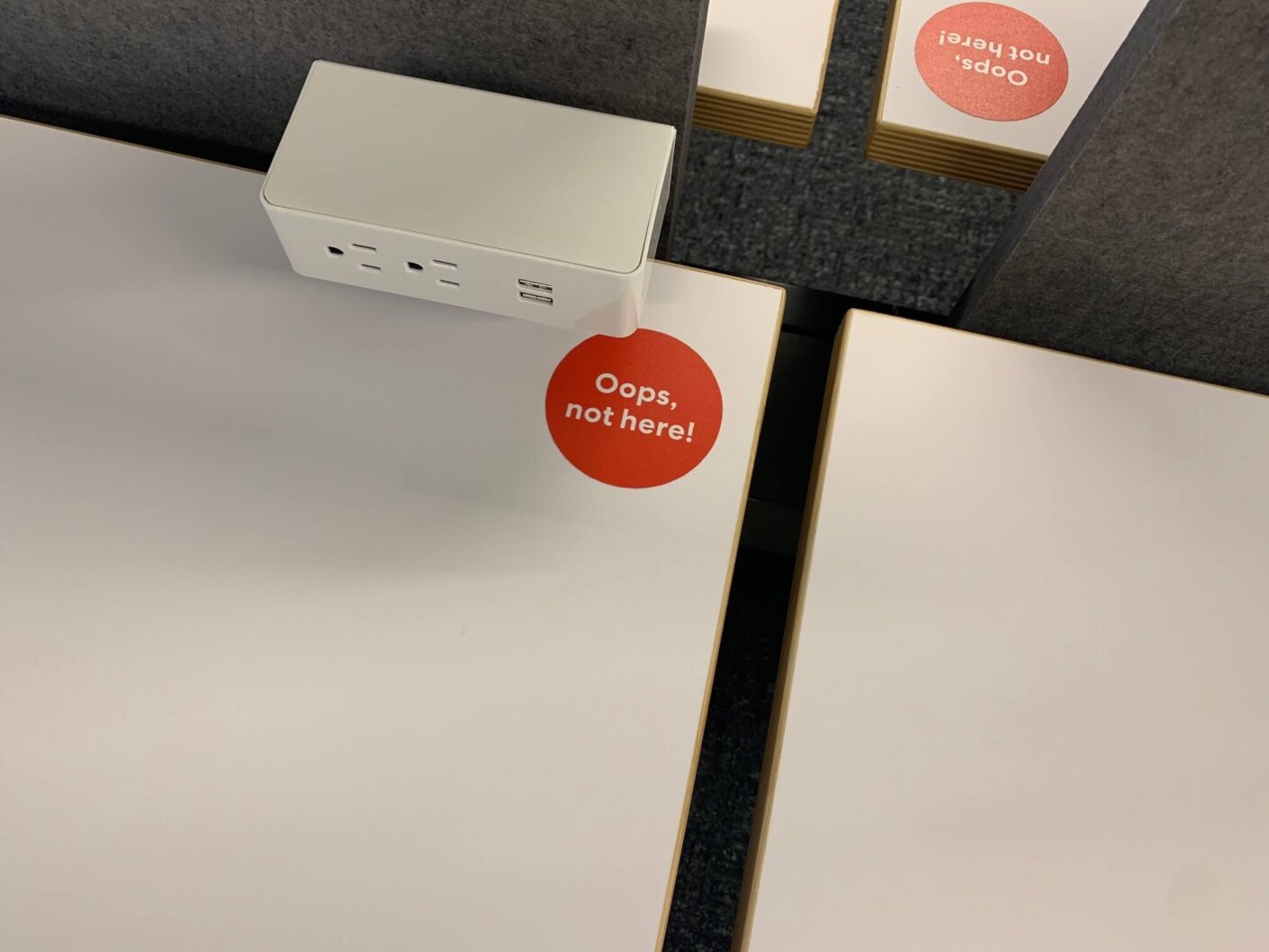
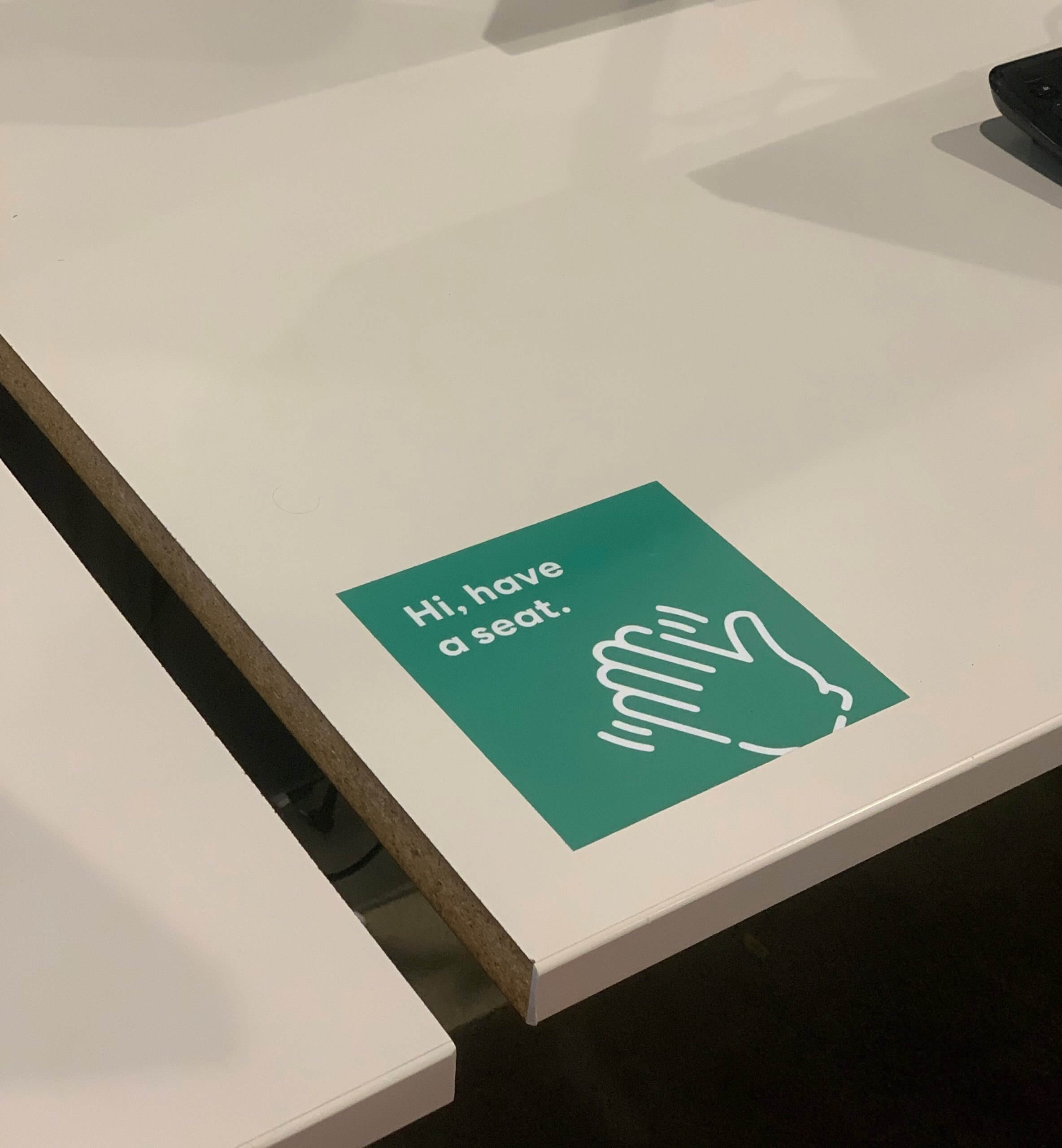
Minneapolis: Community Care
For staff who are returning to their existing workplaces, we’re taking a careful, phased approach. For the foreseeable future, we’ll all be operating under 50 percent capacity—closer to 20 to 25 percent in the earliest stages. The traditional way to create distance is to only make every other desk available for use. However, in studios with agile or unassigned seating, where individuals are encouraged to pick workstations based on their needs for the day, distancing looks a bit different. Our Minneapolis studio is one of a few within our firm where employees don’t have dedicated desk assignments. The flexible format is aligned with the studio’s deeply ingrained culture of shared ownership, an ethos that extends to having all employees share front desk duties on a rotating basis rather than have a dedicated receptionist. Upon returning, staff will wipe down their workstations before sitting and after leaving, using antibacterial products provided throughout the studio. This culture of trust, mutual respect, and communal ownership in our Minneapolis studio continues to be strong, and sets an example for a flexible and safe workplace.
Chicago: Keeping it In-House
The coffee area on the 18th floor of our Chicago studio, known as The Cloud, is frequently a hub of activity. However, with new safety protocols in place to ensure the cleanliness of shared tools and appliances, the coffee machine—a high-touch surface—doesn’t seem so innocuous anymore. So, if staff decide to use it, or any of the studio’s pantries, they must follow mandatory cleaning measures—wiping down appliances, handles, and machines after each use, and washing hands before preparing any food or drink. Lots of creative signage, from labels to stickers on the floor, also make it clear where to stand when someone is refueling before you. By still offering their in-house amenities, with a razor-sharp sense for safe distancing, we can reduce the chances of exposure for all.
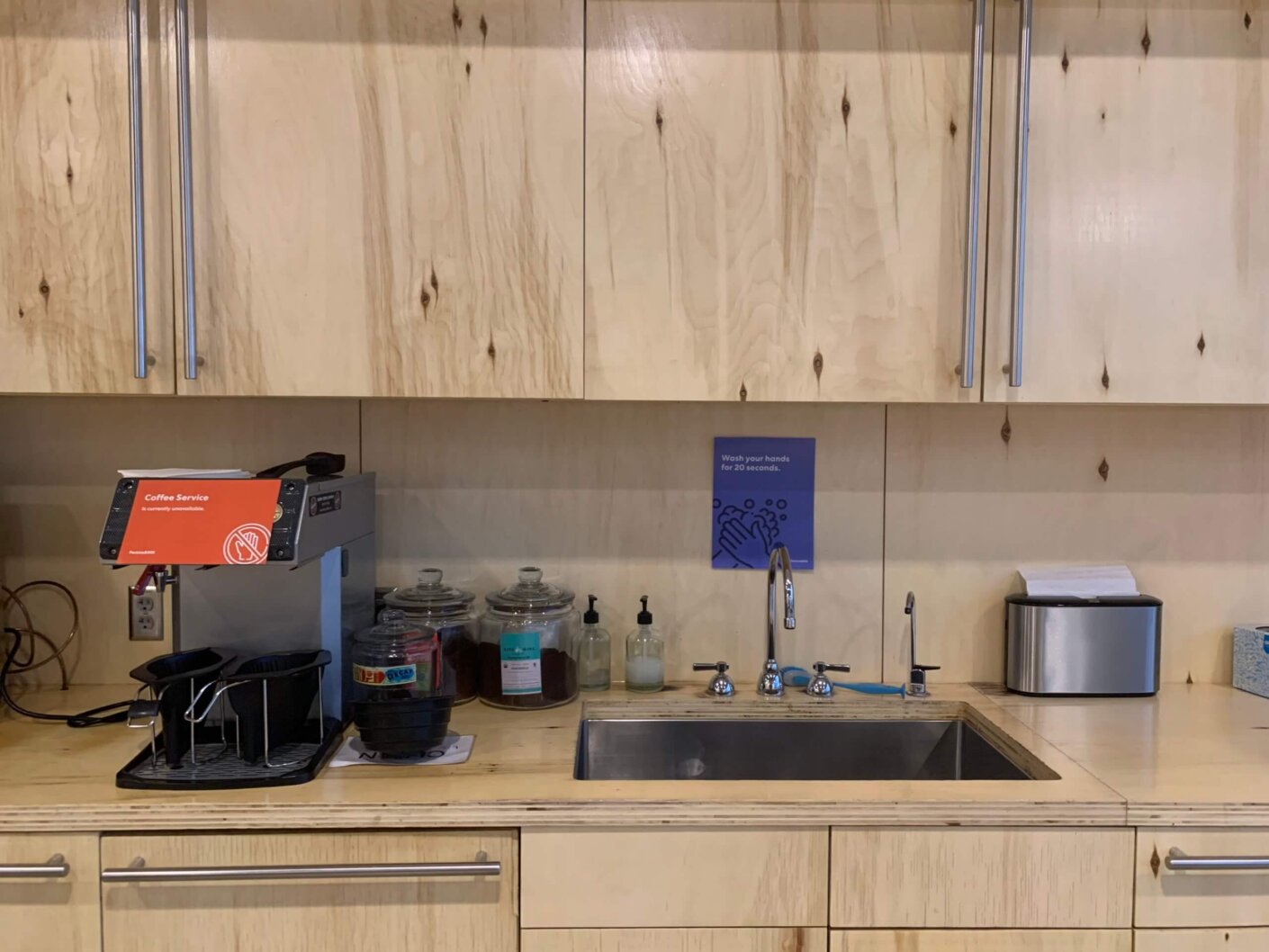
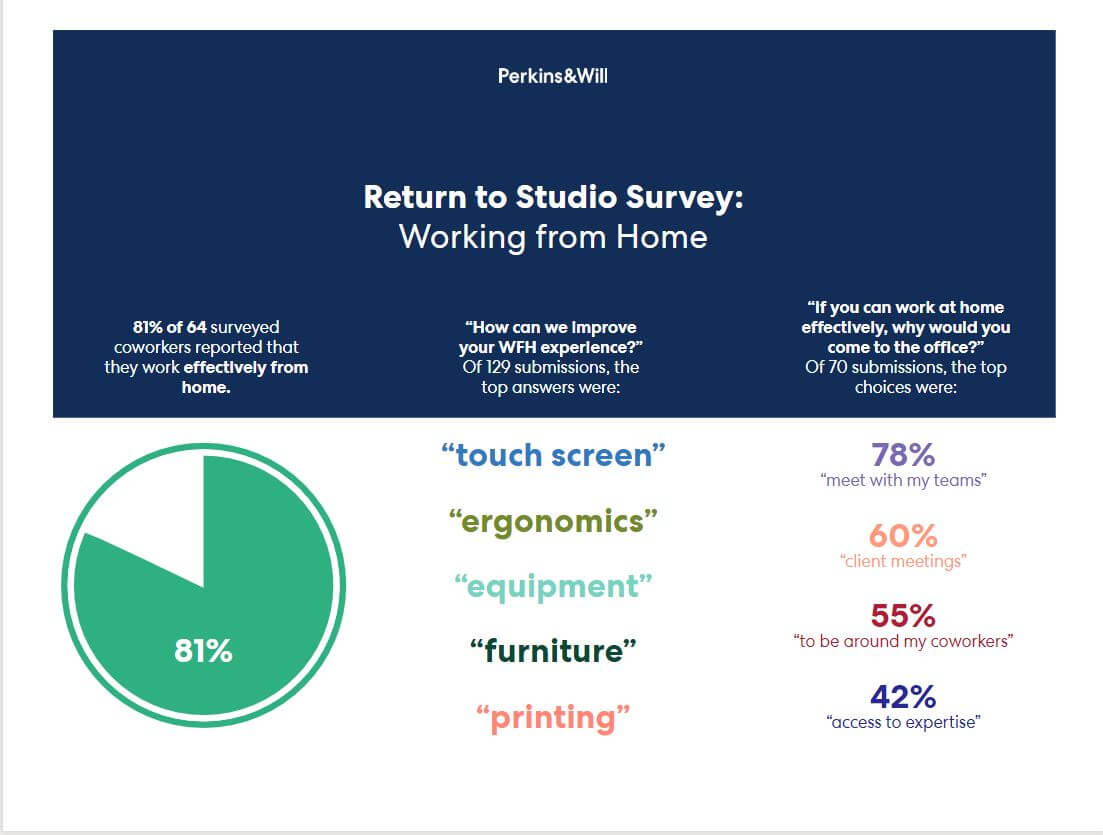
Los Angeles: Reimagining Space
Social distancing measures have forced us to make creative use of all available corners of the studio—even those not previously designated as meeting spaces. New capacity guidelines mean even the largest enclosed conference may only be able to accommodate six people. To address this, breakout areas are now doubling as formal conference rooms for smaller meetings of three or four people. Our LA studio began transforming these overlooked spots after employee surveys revealed that the ability to collaborate with colleagues was the most valued part of the office; heads-down work, employees said, could easily be continued at home.
The takeaway? Flipping the studio to be more conducive to communal rather than individual work can be done if spaces for solo work are reimagined with new or relocated furniture and technology. A coffee nook that may have been a waiting area for guests can now have a television screen mounted on the nearby wall, transforming it into a functional gathering space for a project team.
While so much remains uncertain about the future of work during the COVID-19 pandemic, we’re giving our staff plenty of options to ensure their comfort, prioritizing their safety, and adjusting to their new ways of working. Our studios are tools for our teams, and our return strategies illustrate just how flexible and adaptable they can be with the right design innovation and creative thinking.